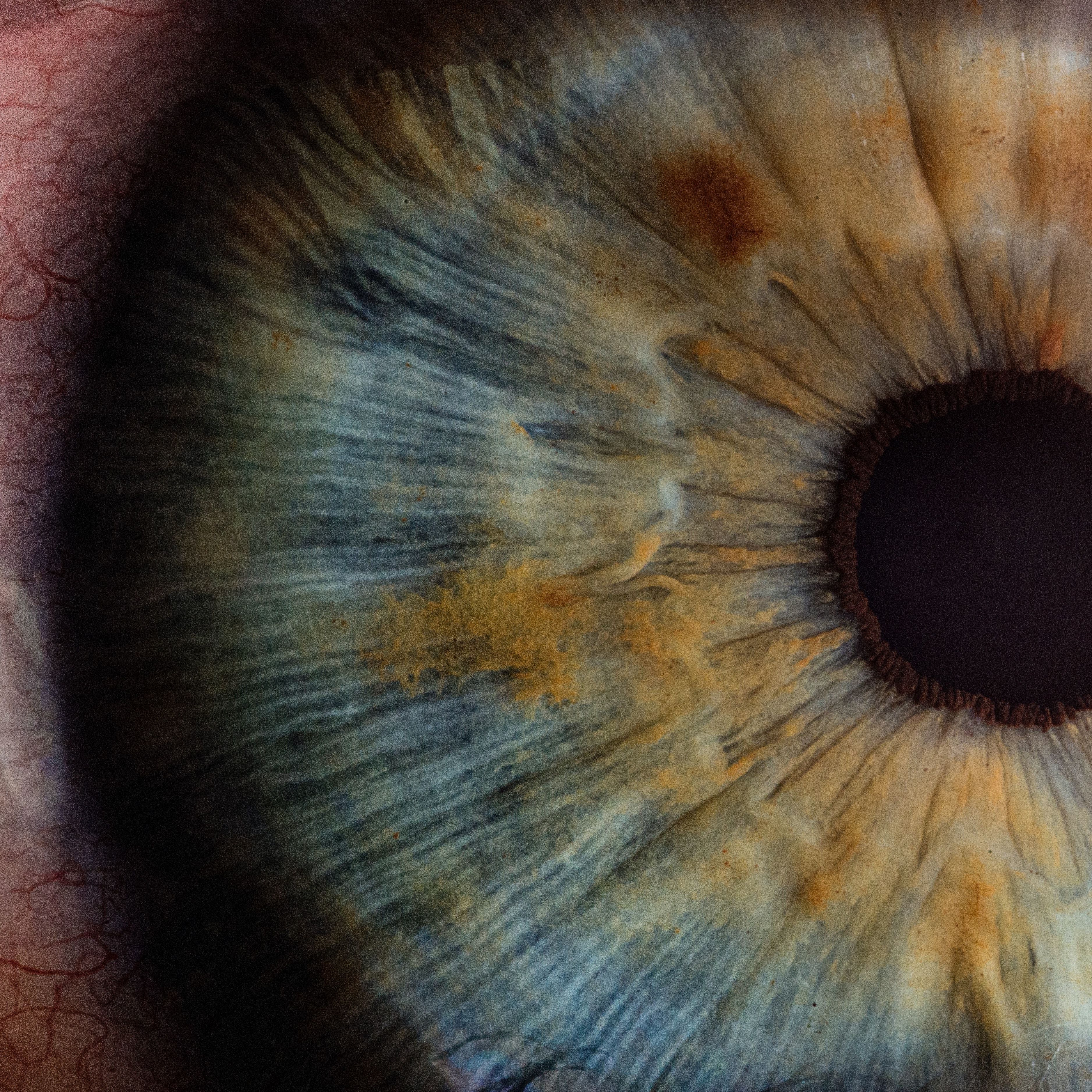Article
Nipah Virus Outbreak in India Raises Global Alarm
Author(s):
The Nipah virus outbreak in India's southern state of Kerala may have spread to the neighboring state of Karnataka.
The Nipah virus outbreak in India's southern state of Kerala may have spread to the neighboring state of Karnataka, where 2 individuals (A 20-year-old woman and a 75-year-old man) are currently being tested for the virus, according to a recent report by Dr Rajesh BV, a district surveillance officer in Karnataka. However, the situation is reported to be under control, according to authorities.
Dr Rajesh stated that the 2 individuals came into contact with infected patients after traveling to Kerala. However, he also added, "We are still waiting for their blood results, but we have seen their condition is improving.”
The Nipah virus is an RNA virus that can cause a mild to severe disease in both humans and domestic animals as it can be transmitted through human-to-animal and human-to-human contact. The natural host of the virus, according to the World Health Organization (WHO), are fruit bats of the Pteropodidae Family, Pteropus genus.
Asymptomatic infection (subclinical), acute respiratory infection (when the lungs cannot get enough oxygen to the body), and fatal encephalitis (inflammation of the brain) are included in the range of the virus’ clinical presentations. The virus is known to have originated in humans (via contraction from pigs) in Malaysia and Singapore in 1998 and 1999.
An individual may become infected and start to show symptoms of infection between 4 and 14 days; however, a previously documented 45-day incubation period has been observed in some patients, according to the WHO.
Additionally, while symptoms can range in severity, encephalitis and seizures can progress to a coma within 24 to 48 hours in the most severe cases. The majority of patients who survive the acute encephalitis complication of the Nipah virus make a full recovery; however, approximately 20% experience ongoing seizure disorders and personality changes.
Scientists estimate a fatality rate of 40% to 75% for the Nipah virus.
Diagnostic tests for the virus include enzyme-linked immunosorbent assay (ELISA), polymerase chain reaction (PCR) assay, and virus isolation by cell culture. However, currently, there is no vaccine available to protect against the Napah virus, and supportive care stands as the only treatment option.
To date, the WHO has reported 12 deaths due to the outbreak while an additional 14 individuals have contracted the virus. Twenty-two people are currently awaiting test results after having presented with symptoms.
It was also noted that fruit bats were found near the sites of the first cases, insinuating they could be infected and transmitting the virus.
Rajeev Sadanandan, additional chief secretary for Kerala's Department of Health and Family Welfare, claimed in a recent statement that the situation is "under control," in that a Central Expert Team is constantly reviewing treatment procedures, infection control practices, and the availability of personal protective equipment.
On Thursday, state authorities supported that notion in a subsequent statement released after a meeting of the National Disaster Management Authority. "There is no need to panic,” they said. “The situation is under control with the State Government constantly monitoring the situation in a proactive manner.”
Regarding preventative measures, the WHO has advised quarantining animal premises if infection is suspected and possibly culling the animal population if necessary, adding that remains should be incinerated or buried immediately. Constraining suspected animal territories may also assist in containing outbreaks, and veterinary check-ups are recommended to garner an animal population’s health.
The WHO has also advised reducing bat-to-human contact by closing bat access to sap collection sites with protective coverings. Fruit should also be thoroughly washed and punctured fruit should not be eaten.
Aside from animal contact safety, the WHO further stressed the importance of sanitary practices in health care settings, such as frequent handwashing.
For more news from the rare disease community, subscribe to Rare Disease Report’s e-newsletter.





